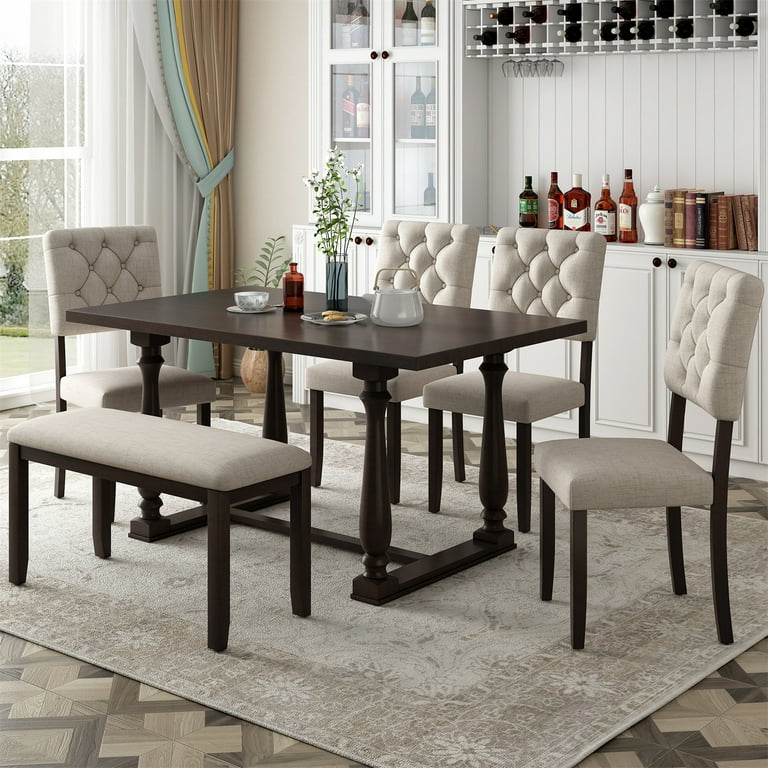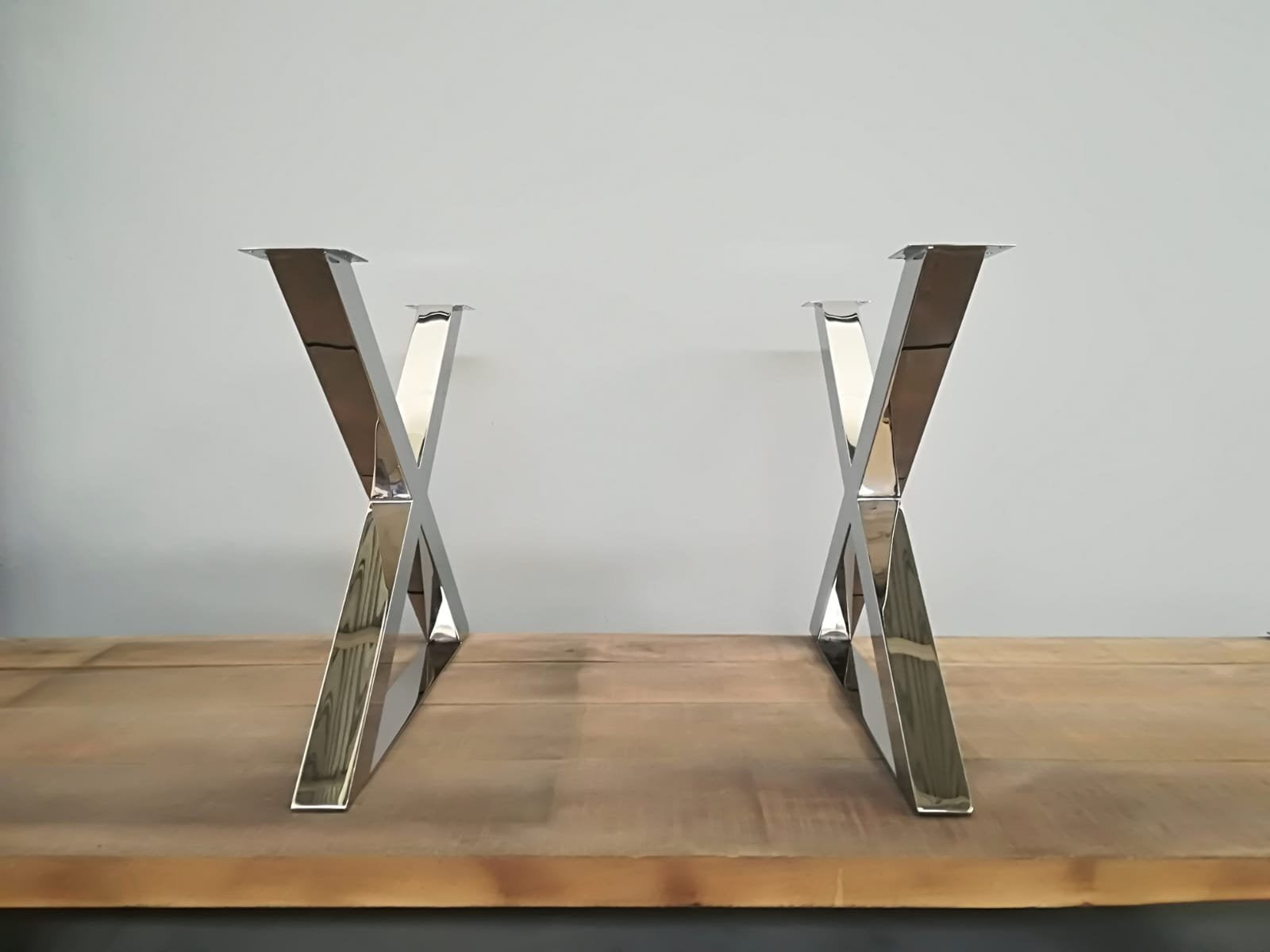Simple Steps to Replacing Old Dining Room Table Legs with New Ones
Simple Steps to Replacing Old Dining Room Table Legs with New Ones
Blog Article
From Traditional to Modern: Locate the Ideal Eating Space Table Legs for Your Design
The selection of dining-room table legs plays a critical function in defining the general character of your area, linking the space in between standard workmanship and modern-day looks. While timeless designs such as cabriole and turned legs stimulate a sense of timeless refinement, modern styles like hairpin and geometric options present an opportunity for striking visual interest. Examining the ideal balance in between these styles requires a nuanced understanding of your existing design and personal taste. As you take into consideration these components, the inquiry continues to be: how can you flawlessly integrate these varied leg styles to produce an unified eating experience?
Understanding Table Leg Styles
The selection of eating area table leg styles can significantly influence both the looks and performance of the room. Each leg design adds one-of-a-kind visual elements and sensible features, satisfying diverse layout choices and usage needs. Recognizing these designs is crucial for selecting the best dining table that straightens with your total interior layout vision.
As an example, conical legs use a clean, classic appearance that can boost a room's elegance, while pedestal bases supply security and make best use of legroom, making them suitable for smaller sized spaces. Barrette legs, a characteristic of mid-century contemporary design, introduce an industrial style, permitting an airy, open feel. In a similar way, trestle legs evoke rustic beauty, giving durable assistance and a sense of eternity.
Wooden legs can bring warmth and texture, whereas metal choices often communicate a smooth, modern vibe. Eventually, recognizing table leg designs is important for producing a natural eating area that reflects personal style while making certain practicality and comfort.
Conventional Table Leg Options
When choosing eating area table legs, traditional options commonly personify classic elegance and craftsmanship. These designs reflect a rich heritage and a commitment to high quality, making them excellent for those that value classic looks.
Among one of the most legendary traditional leg styles is the cabriole leg, characterized by its graceful curved form. This layout often features attractive makings and is most frequently located in Queen Anne and Chippendale furnishings. Another popular alternative is the transformed leg, which flaunts a collection of smooth, rounded forms that supply a timeless appearance while preserving stability.
Moreover, the straight leg, while basic, provides a unadorned and tough framework that can mix effortlessly with a range of tabletop styles. For those attracted to ornate describing, claw-and-ball feet legs stimulate a sense of grandeur and can serve as a stunning centerpiece in any type of dining space.
Last but not least, stand bases, although not strictly legs, provide this page a different standard choice that enables ample legroom and can be perfectly sculpted. Each of these traditional leg designs contributes to the overall setting of a dining-room, weding function with aesthetic charm.

Modern Table Leg Designs
Modern table leg layouts provide a varied variety of styles that highlight cutting-edge materials and tidy lines. These styles often prioritize functionality while offering as striking prime focus within visit the site an eating space. Minimal looks prevail, with legs crafted from materials such as steel, glass, and engineered timber, which add to a airy and modern feeling.
One preferred style is the hairpin leg, characterized by its slim, tapered framework that offers security without overwhelming the tabletop (dining room table legs). This design is commonly found in mid-century contemporary furnishings and can easily complement different dining table shapes. One more fad is making use of geometric shapes, where legs might take on angular or asymmetrical kinds, adding visual rate of interest and a touch of virtuosity

Blending Styles for Distinct Spaces
Frequently, property owners seek to develop one-of-a-kind eating areas that show their personal design by mixing different design elements. This strategy permits the consolidation of diverse aesthetic appeals, leading to a harmonious yet distinct atmosphere. Combining a rustic wood table with streamlined, contemporary metal legs can develop an appealing contrast that boosts the space's overall charm.
Additionally, incorporating vintage table legs with contemporary table tops can evoke a feeling of background while maintaining a modern-day sensibility. Such mixes not only display individual preference however additionally motivate creative thinking, enabling homeowners to curate a room that feels both individual and inviting.
Color plays an essential duty in this blending procedure; selecting table legs that match or comparison with the existing color design can enhance aesthetic interest. Whitewashed legs can soften the daring of a dark table surface area, producing a well balanced aesthetic.
Tips for Selecting the Right Legs
Picking the right table legs is important for accomplishing both functionality and aesthetic charm in your eating space. Begin by thinking about the total style of your room. Standard setups benefit from legs that feature complex makings or turned designs, while contemporary rooms might call for sleek, minimalist designs.
Following, analyze the height and stability of the legs. dining room table legs. Common eating tables vary between 28 to 30 inches in height, so guarantee the legs match this dimension for comfort. In addition, durable materials, such as wood or metal, can enhance stability and longevity
Evaluate the leg form too-- options include straight, tapered, or pedestal styles. Straight legs provide a traditional appearance, while conical legs can include a touch of style. Pedestal bases give ample legroom and are perfect for smaller spaces.
Final Thought
In recap, choosing the optimal dining area table legs needs careful factor to consider of both modern and typical this styles. By harmonizing leg design, height, and product with the general decoration, a natural and inviting atmosphere can be attained.
The variety of eating space table leg designs can substantially influence both the aesthetics and capability of the space. Inevitably, comprehending table leg designs is necessary for developing a cohesive dining location that reflects individual design while guaranteeing usefulness and comfort.One of the most legendary standard leg styles is the cabriole leg, characterized by its graceful rounded shape. Straight legs provide a timeless look, while conical legs can add a touch of beauty.In recap, selecting the excellent dining space table legs calls for careful factor to consider of both traditional and contemporary styles.
Report this page